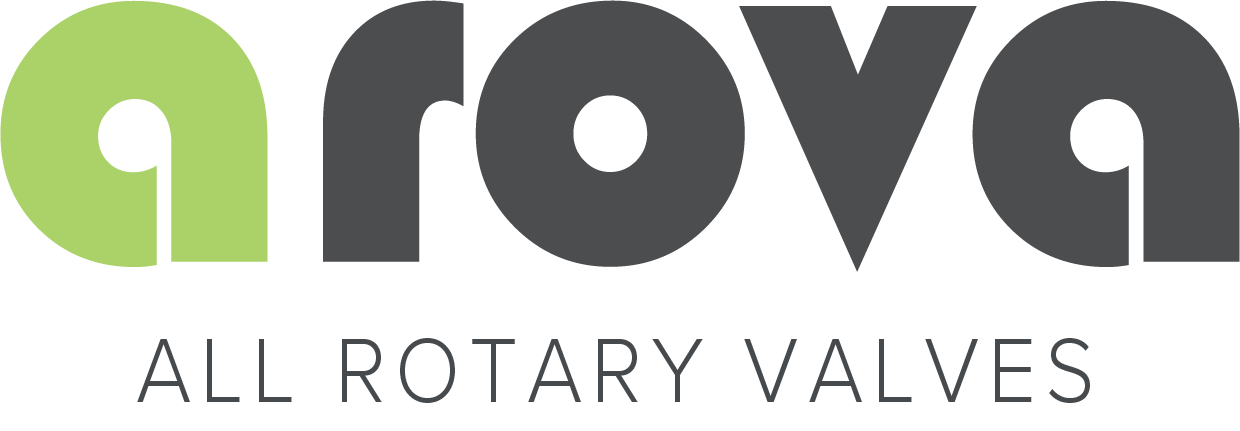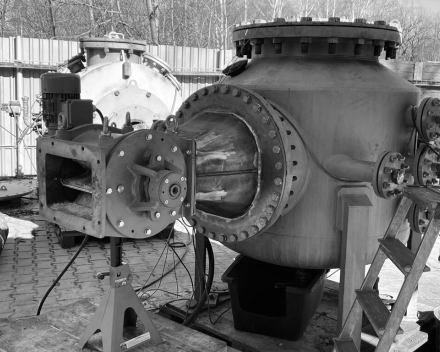- Home
- Newsletter
- ATEX
ATEX
20/05/2025 - 09:20
Minimising the Risk of Dust Explosions with ATEX-Certified and Flameproof Rotary Valves
In industrial process environments where powders, dusts, or granulates are conveyed, stored, or processed, there is an inherent risk of dust explosions. This risk arises when three critical factors coexist: combustible dust in sufficient concentration, oxygen from the surrounding air, and a source of ignition (e.g., electrostatic discharge, mechanical sparks, or hot surfaces).
While modern industrial standards and good engineering practices offer a wide range of measures to reduce the likelihood of such events—such as explosion venting, inerting, grounding, dust extraction, and rigorous cleaning protocols—it is virtually impossible to eliminate the risk entirely. For this reason, it is essential to install certified explosion-proof components at vulnerable points in the system, particularly where there is a potential for explosion propagation between process zones.
Rotary Valves: A Critical Interface in Explosion-Prone Systems
Rotary valves are commonly used in powder and bulk handling systems to control the flow of dry materials between different parts of a process. These valves often sit at the interface between areas with differing pressures, dust concentrations, or explosion hazard zones. As such, they can represent a potential weak point in the explosion protection concept if not properly specified.
At AROVA, we supply rotary valves from PAM that are ATEX-certified and type-tested for use in both gas and dust explosion zones. Specifically, our valves are certified for Gas Zones 0, 1, and 2, as well as Dust Zones 20, 21, and 22, in accordance with the ATEX Directive 2014/34/EU. This ensures compliance with EU regulations for equipment intended for use in explosive atmospheres.
Flameproof Design with Certified Flame Barrier Function
Beyond ATEX compliance, our rotary valves are also available in versions with flame barrier functionality, tested and documented according to EN 15089. This European standard specifies the requirements for explosion isolation devices used to prevent the transmission of explosions through pipelines and ductwork.
Our rotary valves have been successfully tested to demonstrate that they can withstand the pressure and flame front from a dust explosion on one side, without allowing flame or pressure breakthrough to the other side. This makes them suitable for use as a certified flame barrier between connected process units—an essential safeguard in systems where explosion isolation is required.
Each valve is delivered with a test report and full documentation, including leakage test results and flame propagation resistance. This allows plant operators and safety engineers to verify the valve’s performance and ensure it meets the safety requirements of their specific installation.
Technical Support and Guidance
Choosing the right rotary valve for an ATEX-classified environment involves more than just certification—it requires a full understanding of the process conditions, material characteristics, pressure ratings, and explosion isolation requirements. Our technical team is available to support you in the selection, specification, and integration of rotary valves into your process setup.
Whether you are designing a new installation or upgrading an existing one, we can help you ensure that your explosion protection strategy is robust, compliant, and tailored to your specific operational needs.

